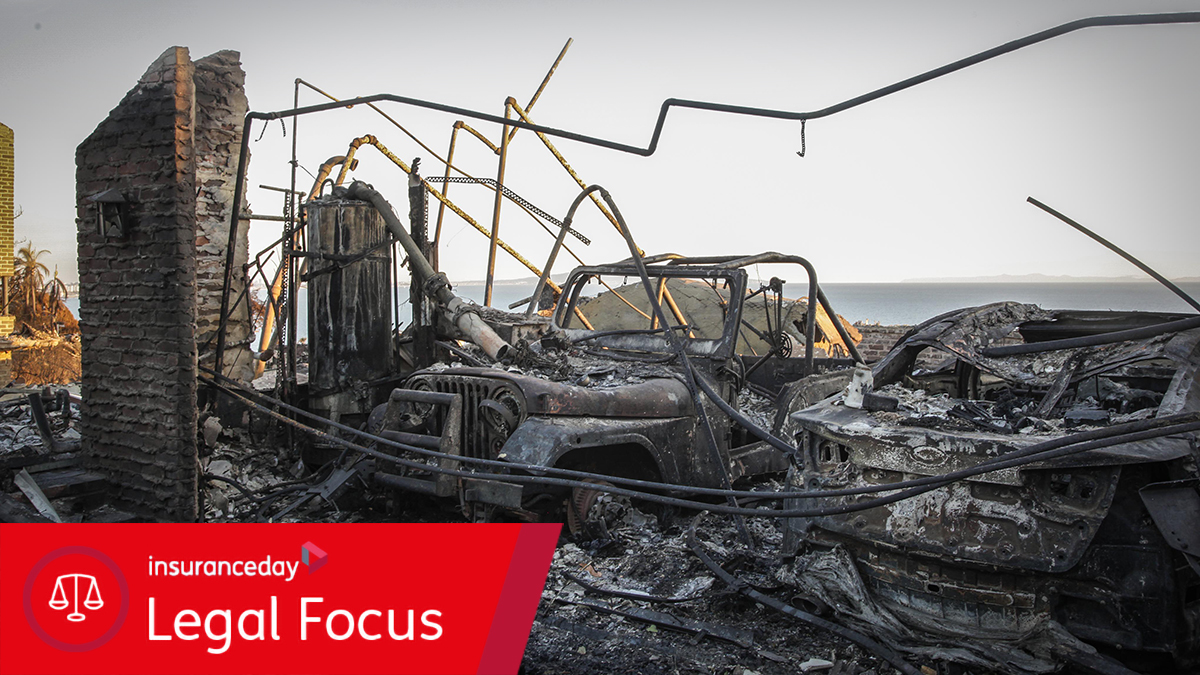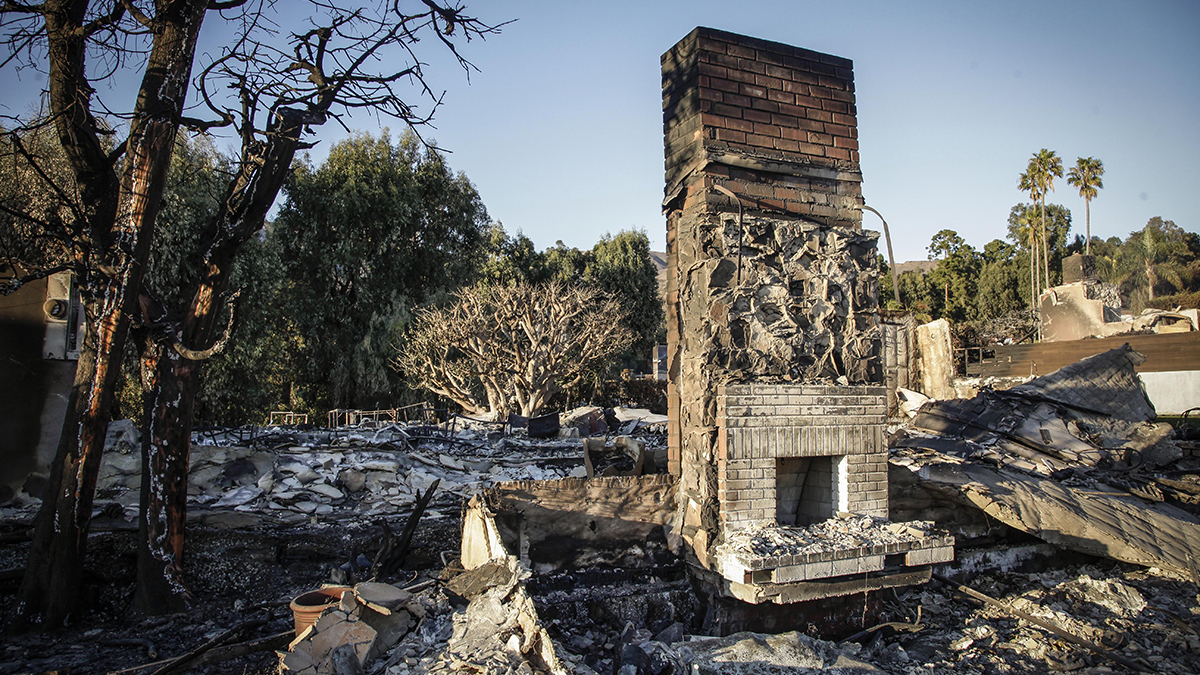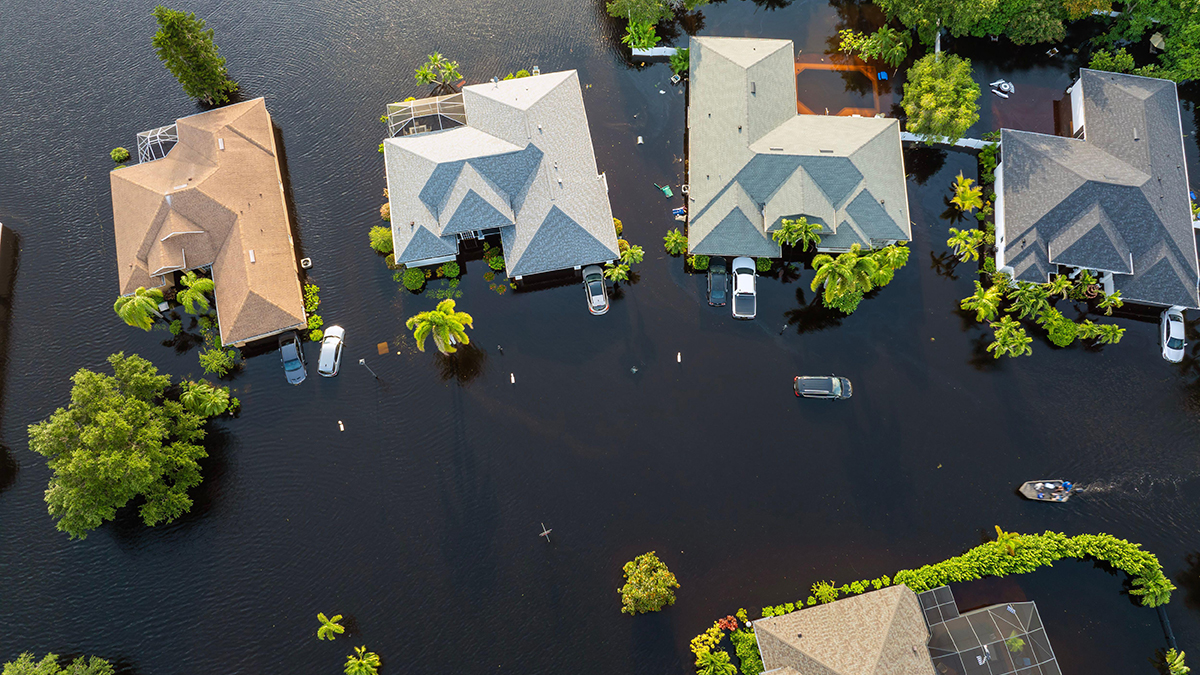Climate change poses existential risk to property insurance
The balance of responsibility for property risk is shifting, with governments, businesses and individuals each having a new role to play
All players in the property insurance ecosystem must help clients and communities harness property insurance as a tool for climate adaptation, or they risk becoming irrelevant
During the daily 8-5 grind in the Square Mile, it can be easy to forget how much insurance matters, not just to individuals and businesses, but to entire communities, economies and countries.
This is especially true in the face of climate change.
The Los Angeles wildfires are just the latest prominent example of how the ability to recover from disasters depends on insurance and how a lack of affordable property insurance will have long-lasting implications for individuals, businesses and economies.
It is against this backdrop we as an industry need to carefully consider our approach to property insurance in the face of mounting extreme weather losses.
The decisions the industry makes about what is insurable have begun to dictate whether people and companies can harness private property insurance as a tool for adapting to extreme weather and climate change.
Without greater awareness and engagement, the risk is that private property insurance will become irrelevant to all but the wealthiest homeowners and the most profitable and best-capitalised companies.
There is also the risk government intervention in property insurance will transform markets in ways the industry is ill prepared to cope with – with significant implications for our books of business and profitability.
Whose responsibility for risk?
Local, regional and national governments care deeply about the availability and affordability of property insurance.
A lack of affordable insurance can mean greater government spending on recovery in the aftermath of disasters. It can also affect where investors decide to invest and lenders decide to lend, and on what terms.
It is entwined not only with disaster preparedness and recovery, but also with housing affordability and economic development on local, regional and national levels.
Governments also care because property risk is an increasingly political issue. Insurers worldwide have been responding to more frequent and severe extreme weather events by increasing the cost of property insurance or withdrawing from vulnerable geographies entirely.
As we have recently seen in California, governments often respond to these issues by imposing new regulations, especially in relation to data, rate making and pricing.
In some cases, quasi-governmental entities step in as re/insurers themselves. For instance, Canada is setting up a flood insurer of last resort, Italy recently launched a multi-peril reinsurer of last resort and the US state of Colorado is creating an insurer of last resort for individuals and businesses facing elevated wildfire and hail risk.
At the heart of these efforts is a question of responsibility. As climate change intensifies extreme weather hazards, who will bear the risk? What roles should the insurance industry and government each play in addressing property insurance affordability and risk challenges?
With the answers to these questions being worked out in real time at local, regional and national levels, it would be dangerously short-sighted if we as an industry did not meaningfully engage in these conversations as a partner for the long haul and in good faith.
Resilience and insurability
The insurance industry must urgently work to reduce the emissions that cause climate change, by encouraging and supporting fossil fuel clients in their transition to zero emissions.
Insurers are key to bringing lower-emissions energy sources to market, through investments and by underwriting technologies such as wind, solar and nuclear power.
But climate change is not just about decarbonisation and fossil fuels. It is also about physical risk and helping homeowners, businesses, communities and economies become more resilient to extreme weather and natural hazards.
As an industry, we stand to benefit from reduced losses when homes and businesses have been fortified against floods, wildfires and hurricanes.
Insurers need to do more to encourage risk mitigation, through bursaries and other incentives that foster investments in adaptation and resilience. The industry can push governments to include funding for risk reduction as a priority alongside other regulatory reforms designed to bring down insurance costs, as well as ensure their models properly account for investments homeowners, businesses and governments have already made, at both individual and community scales.
Most of all, insurers need to recognise resilience and insurability are critically interlinked. Helping insureds and communities become more resilient will help mitigate their risk, increasing the likelihood the industry can sensibly continue to underwrite them for years to come.
Simultaneously, when insurers choose to continue underwriting (within reason) in places where climate change is intensifying natural hazards, those communities can continue to attract the investment they need to adapt to climate risk.
Insurance is a for-profit industry and no one is suggesting that is likely to change anytime soon. But it is illogical to focus solely on short-term financial value when insureds and governments are desperate for assistance protecting multiple different forms of value – embodied in homes, neighbourhoods, communities and ecosystems – over multiple time scales.
Property insurance’s existential question
For hundreds of years, the insurance industry has been able to make a profit by providing a social good: the funds homeowners and businesses need to recover, rebuild or relocate after disasters.
However, climate change and extreme weather, insufficient investment in adaptation and risk reduction, alongside continued development in areas vulnerable to natural hazards, make it unlikely property insurance as we know it will continue indefinitely.
The balance of responsibility for property risk is shifting, with governments, businesses and individuals each having a new role to play. For the insurance industry, the question is whether we want to be a supportive partner in deciding what the future of property insurance looks like or stand by while others make the choice for us.
Ed Day is head of international property broking and Kate Stein is carrier relationship manager at WTW. Stein is co-founder of the Climate-Resilient Insurance Strategy Project


